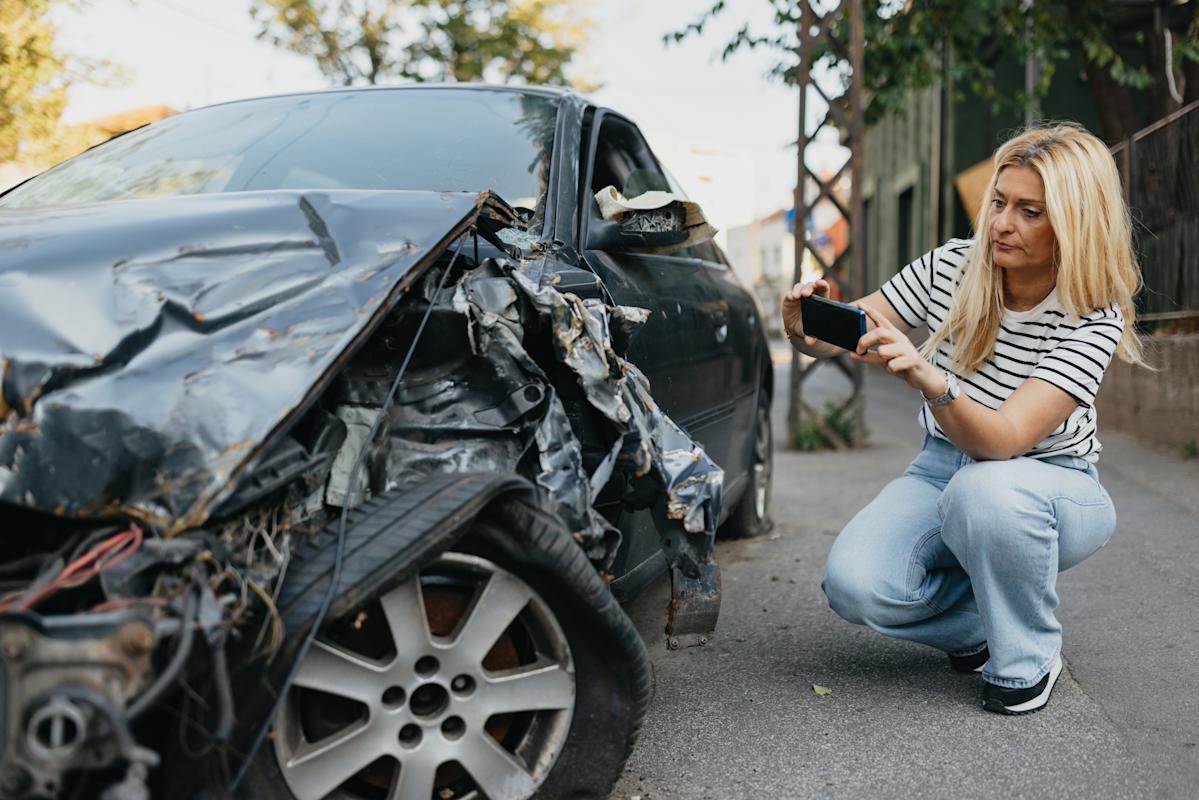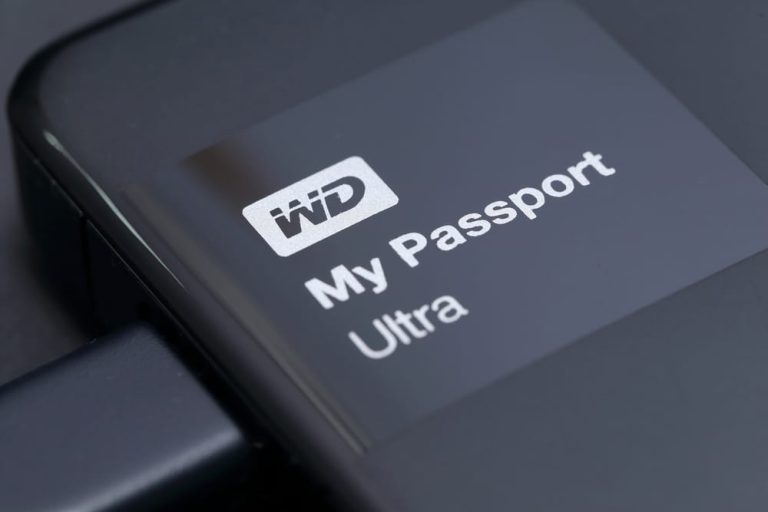Car accidents are stressful, but the situation gets worse when a court complaint and summons follow. A lawsuit against you has the potential to be financially devastating. Find out what steps to take and how to protect yourself from being sued after a car accident.
This embedded content is not available in your region.
Learn more: What to do after an accident: Your step-by-step guide
Once you realize you are being sued, what you do next depends on whether you have car insurance.
If you had liability coverage in force at the time of the accident, take these steps after you learn about the lawsuit:
-
Notify your insurance company. Call your insurance company immediately, even if the claims team is already aware of the accident. Car insurance providers are generally obligated to provide legal defense if a lawsuit arises from a covered incident. Confirm that the insurance provider will assign a lawyer to represent you. And, ask how you should handle any court requests going forward.
-
Read your insurance policy. Your policy may outline circumstances that would prompt the insurance company to deny coverage or refuse to defend you in a lawsuit. Policy violations and intentional accidents can justify coverage denials. One common policy violation to avoid is not notifying your insurance company right away that you had an accident. Read the policy to verify that the insurance company will have no reason to deny coverage. If you think there might be an issue, consult with a lawyer for guidance on next steps. You will need expert legal guidance if the insurance company does not support you.
-
Support the lawyer’s investigation. You may need to provide additional information about what happened and any damages you incurred. Support the lawyer’s efforts by answering questions honestly and responding to information requests quickly.
-
Discuss possible outcomes. Your lawyer, appointed by the insurance company, can counsel you on likely outcomes based on the facts of the accident.
-
Do not hide money. Moving or hiding assets ahead of a lawsuit judgment is not a good idea. Courts can view those transfers as fraudulent and void them after the fact. Withholding asset information from the courts can lead to contempt of court charges against you.
Your insurance company will try to settle the case within your policy limit, but that’s not always possible. Depending on state law, the insurance company may have the option of paying out a maximum claim without settling, which means the plaintiff can still go after you for unpaid damages.
If this happens, contact a lawyer licensed in your state. The lawyer can review the circumstances in light of state law to determine an appropriate strategy.
Learn more: How much car insurance do I need?
These steps will help you manage a car accident lawsuit if you don’t have car insurance:
-
Read the complaint. Review the lawsuit documentation you have received. It should specify how much the plaintiff wants, the basic facts of the case, and what you are required to do next.
-
Consult with an attorney. An experienced attorney can counsel you on the laws in your state, devise a defense strategy, and attempt to negotiate better terms. The attorney can also review your bank accounts and other assets to determine what might be at risk if you are ordered to pay the plaintiff’s damages.
-
Respond quickly. The complaint should specify a deadline for your response. It can be 15 to 30 days, depending on where you live. Comply with that deadline to avoid an automatic judgment against you.
-
Build a case. Your attorney will direct the evidence-gathering process. You will probably need to write down every detail you can remember about the accident, gather evidence you collected at the scene, and get a copy of the policy report.
-
Negotiate. It may be possible to negotiate a lower settlement amount in return for a quick resolution of the case. The severity of the plaintiff’s injuries is a factor. A plaintiff with permanent or severe injuries that require ongoing medical treatment may be less likely to settle.
Learn more: Minimum car insurance requirements in all 50 states
The complaint paperwork you receive should specify when your response is required. The timeline varies by state but is usually 15 to 30 days.
Typically, insurance companies begin investigating liability, or who is at fault, as soon as someone files a claim, which may be well before the situation escalates to a lawsuit. The investigation will attempt to determine which driver’s negligence caused the accident by:
-
Reviewing the police report
-
Analyzing photos from the crime scene
-
Analyzing evidence left at the scene
-
Talking to eyewitnesses
-
Viewing available security or traffic camera footage
-
Analyzing the damages
In car accidents, fault can be shared by both drivers. For example, one driver who is speeding may collide with another driver who rolls through a stop sign. State law defines how financial responsibility is determined in situations involving shared fault. Most states allow drivers who were less than 50% or 51% at fault to collect damages from another driver, but the compensation is reduced by the plaintiff’s contribution to the accident. So, a driver who is 25% at fault can only sue the other driver for 75% of the damages.
Learn more: What is a no-fault state, and how does it impact your car insurance?
Some states have no cap on the plaintiff’s fault contribution. And some states do not allow damages awards if the plaintiff played any part in causing the accident.
The insurance companies involved will determine fault contributions for both drivers through their own accident research. These fault contributions influence settlement offers. The accident is more likely to become a lawsuit if the two sides do not agree on the shared fault assessments.
The best time to start protecting yourself from a car accident lawsuit is immediately after the accident happens. Taking the actions below at the accident scene can be critical to your defense later.
-
Document the scene. Once you verify no one needs medical attention, take photos of the scene. Capture the position of the vehicles involved, tire marks on the road, and close-up views of the damage. Jot down the other driver’s name, contact information, and insurance information. Also note the name and number of any police officers who arrive to report the accident.
-
Take notes on conversations with the other driver. Write down any comments the other driver made about the accident, even if they seem irrelevant.
-
Interview witnesses. Collect contact information for any witnesses.
-
Talk to workers in nearby businesses. If you see security cameras, get contact information for managers with the authority to release footage.
-
Call your insurance provider. Let your insurance company know about the accident and ask if there’s any additional information you should collect before you leave the scene.
You should have experienced legal protection if you’re sued after a car accident, but you may not need to find a lawyer yourself. Your car insurance company will normally obtain a lawyer for you — unless you violated your policy or intentionally caused the accident. If you don’t have car insurance, consider consulting with a lawyer to understand the potential outcomes of the case.
What happens if someone sues you after a car accident and you can’t pay?
If you have a court order to pay damages after a car accident, the courts can take money from your bank accounts, put liens on your property, and garnish your wages. These actions can continue until the debt is paid.
Car accident lawsuits can be worth up to several million dollars. The claim’s value depends on state law, injury severity, how much each driver contributed to causing the accident, and your age and earnings history. The largest claims involve permanent and disabling injuries or death that affect a family’s livelihood, where the victim played a limited role in causing the accident.
Car accident lawsuits are uncommon. Most car accident cases are settled through the insurance claims process. The cases more likely to result in lawsuits involve damages that exceed the insurance policy limits. The parties also commonly disagree on who caused the accident. Insurance companies try to avoid court trials because the process is expensive and the outcome is uncertain.
You can be sued for a car accident that wasn’t your fault. Theoretically, this should not result in a judgment against you unless the plaintiff supplies proof that you were at fault. If you have car insurance, your insurance-appointed attorney can help you build a good defense. If you don’t have car insurance, consider retaining a lawyer on your own.
Your insurance company will start an investigation to determine who caused the accident. If the insurance company agrees that you were liable for the damages, the claims team will attempt to negotiate a settlement with the other party. The highest payout available is defined by your liability policy limits. If a settlement cannot be reached, the other party may file a lawsuit. The insurance company typically assigns a lawyer to represent you in the case.






